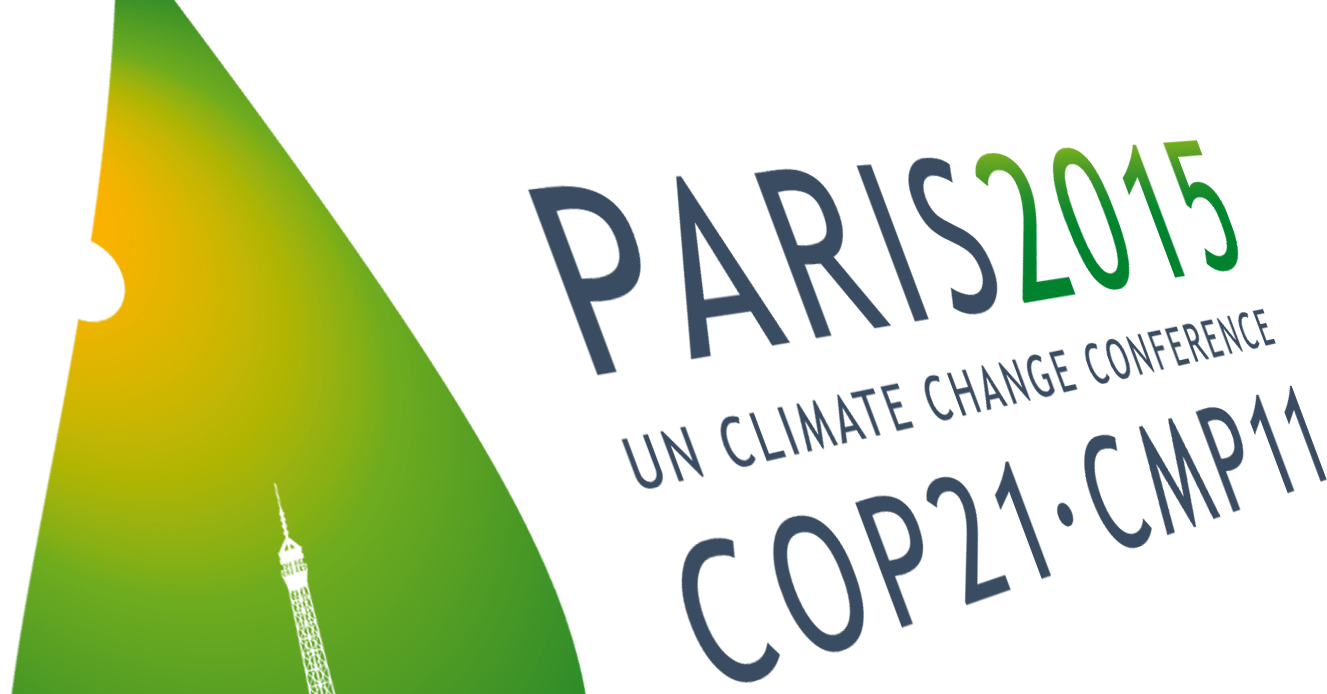Paris Climate Talks A Failure Even Before It Starts
By Countercurrents.org
29 October, 2015
Countercurrents.org

The 2015 United Nations Climate Change Conference, COP 21 to be held in Paris, from November 30 to December 11 is already a failure even before it starts. Intended Nationally Determined Contributions, or INDCs were submitted by 155 nations by the October 1 dealine. Analysis of the INDCs reveal that the pledges made by the nations can limit temperature increase only to 3 degrees Celsius. It is a climb down from they 2009 United Nations Climate Change Conference which sent the the long-term goal of limiting the maximum global average temperature increase to no more than 2 degrees Celsius above pre-industrial levels, subject to a review in 2015. There was, however, no agreement on how to do this in practical terms. It also included a reference to consider limiting the temperature increase to below 1.5 degrees - a key demand made by vulnerable developing countries.
Quoting an analysis by the European Commission Joint Research Center on the INDCs submitted by 155 countries Yale Environment 360 reported:
National climate pledges submitted so far by 155 countries — responsible for around 90 percent of global greenhouse gas emissions — could limit the planet's long-term temperature increase to around 3 degrees Celsius, according to an assessment by the European Commission Joint Research Center (JRC).
The climate pledges, submitted to the U.N. Framework Convention on Climate Change ahead of December's climate negotiations in Paris, are officially known as Intended Nationally Determined Contributions, or INDCs. Analysis of unconditional INDCs concludes that, if fully implemented, they could set global emissions growth at around 17 percent above 2010 levels by 2030.
Combining unconditional and conditional INDCs — those that would rely on such mechanisms as international climate financial support — JRC found that global carbon emissions could peak shortly before 2030 at 12 percent above 2010 levels, then decline sufficiently to hold temperature increases to 3 degrees C.
USA, the second largest emitter and the highest per capita emitter made a vague declaration under the American Business Act on Climate Pledge. Under this pledge 81 companies committed to reduce emissions. In 2014 November, President Obama had set an ambitious goal of reducing greenhouse gas emissions economy-wide by 26-28% by 2025.
China which is the largest Carbon emitter in the world, but only 6th in terms of per capita emissions pledged to aim to cut its greenhouse gas emissions per unit of gross domestic product by 60-65% from 2005 levels. China said it would increase the share of non-fossil fuels as part of its primary energy consumption to about 20% by 2030, and peak emissions by around the same point, though it would “work hard” to do so earlier.
India, the world’s third biggest greenhouse gas emitter, has pledged to source 40% of its electricity from renewable and other low-carbon sources by 2030. India’s population of 1.2 billion, about 363 million of whom live in poverty, is projected to grow to 1.5 billion by 2030. “It is estimated that more than half of India of 2030 is yet to be built,” India’s submission claimed. The country has previously pledged an emissions intensity cut of up to 25% by 2020.
The EU’s INDC is set out in a relatively brief three-page table repeating climate and energy targets for 2030 agreed by EU leaders last October. Th aim is to reduce domestic EU greenhouse gas emissions by “at least 40%” by 2030, against a 1990 baseline.
Climate scientists are almost unanimous in their assessment that a temperature rise beyond 2C, the internationally agreed safety limit, may push the climate beyond tipping points and into dangerous instability.

